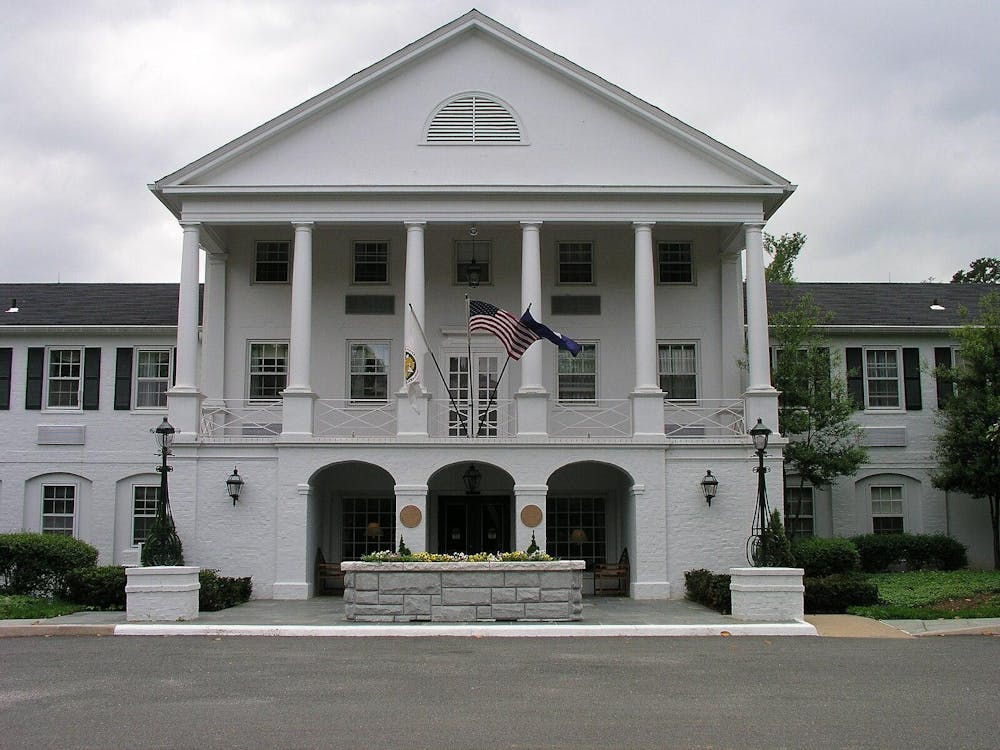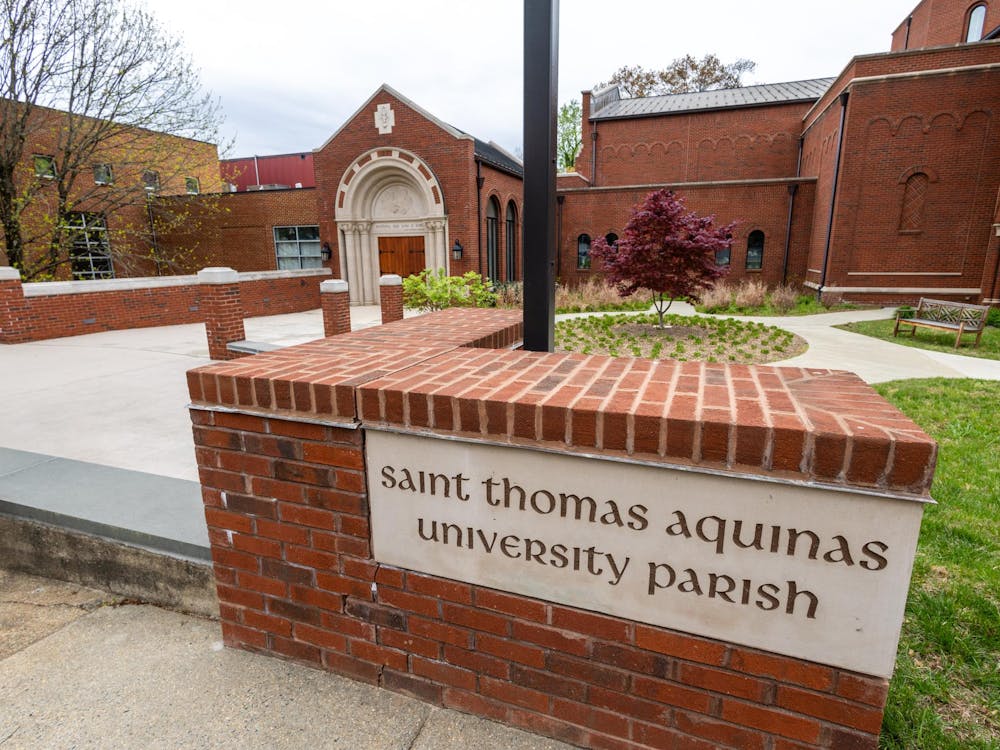Recent estimates from the University’s Weldon Cooper Center for Public Service suggest that economic factors are responsible for Virginia’s increasingly slow population growth rate in recent years.
The population growth rate had been about 1.2 percent from 2001 to 2004 but declined to 1.1 percent beginning in 2005 and has been slightly less than 1 percent for the past two years, said Qian Cai, Cooper Center demographics and workforce section director.
“The population is still growing,” she said. “It’s just not [growing] as fast as in the earlier half [of this] decade.”
Cai explained population growth depends on two factors: natural increase and migration. The commonwealth’s overall birthrate has been rising steadily for the past four or five years, Cooper Center research associate Michael Spar said, noting that the slowing population growth rate is a result of a lack of migration.
“Good economic conditions in an area encourage people to migrate to that area, as well as providing a mechanism for keeping new job entrants staying in the area,” he said, explaining that poor economic conditions have the opposite consequences.
The fastest-growing counties in the commonwealth are mostly located in Northern Virginia or along the Interstate 95 corridor, Cai said, partly because employment opportunities are more widely available there. Loudoun County, the county with the highest growth rate in the state, has grown almost 70 percent since 2000, Cai said.
Outside of the metropolitan region, the Highland County and Buchanan County populations have each decreased 10 percent during the past eight years, and the city of Petersburg lost 9.6 percent of its population, she said.
“Those localities losing population ... suffer both the natural decrease and the migration,” she said.
In addition to a lack of opportunities in some areas, people may be concerned about being able to sell their houses or being able to afford two mortgages, Cai said. “That could have a dampening effect on mobility.”
Spar described the importance of mobility, noting that when migrants move to an area, they can have an “immediate economic impact” as they find a place to live and begin paying property taxes, either directly or indirectly through a landlord. When they start working, they begin paying local, state and federal taxes.
“They spend their money in the local economy,” Spar said, which has a “multiplier effect” by increasing employment opportunities for others.
The declining economy can also have an indirect impact on population growth, Spar said. The economic outlook can influence birth rates, he said, explaining that in good economic times, families may be more willing to have children. This is “a little bit more subtle,” Spar said. “I think it’s too early to tell about the impact of the economy on birth.”
The statewide decline in natural population growth rate would be just barely noticeable, Spar said, explaining that the drop in migration to Virginia is more significant. Fewer people coming into Virginia results in a net loss of tax dollars, Spar said.
Spar said he would not be surprised to see a growth rate of 0.8 or 0.7 percent next year, and Cai agreed that “we’ll see a continuing decline in population growth rate.” Spar said he expects the situation to continue for the next two years or until the economy moves out of recession.
“Once the economy starts to rebound and the housing market gets back to normal, we could expect to see an effect on the population growth,” Cai said. “This really depends on the national economy and the state economy.”






